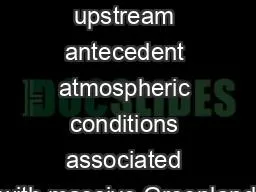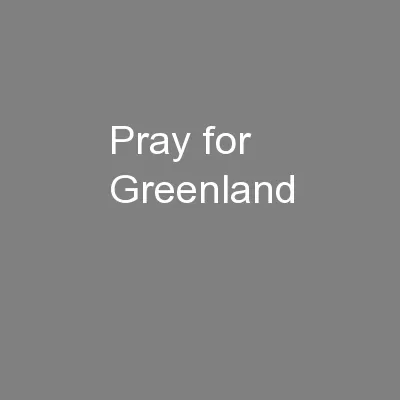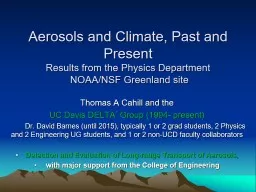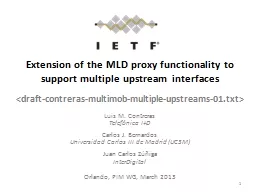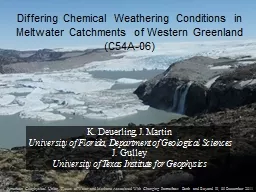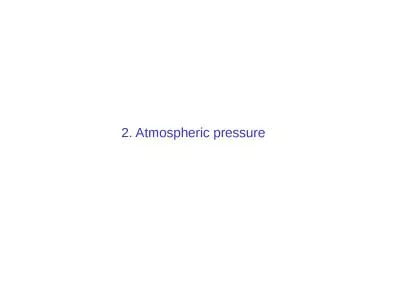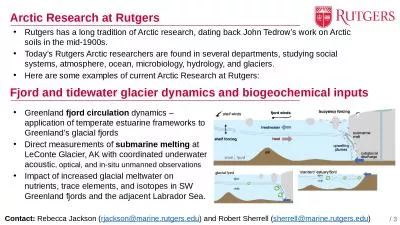PPT-Purpose: Investigate upstream antecedent atmospheric conditions associated with massive
Author : bigboybikers | Published Date : 2020-08-05
Data CFSR gridded analyses at 05 resolution Saha et al 2010 LargeScale MidlatitudePolar Flow Interactions Leading to Rapid Surface Ice Melt over Greenland and
Presentation Embed Code
Download Presentation
Download Presentation The PPT/PDF document "Purpose: Investigate upstream anteceden..." is the property of its rightful owner. Permission is granted to download and print the materials on this website for personal, non-commercial use only, and to display it on your personal computer provided you do not modify the materials and that you retain all copyright notices contained in the materials. By downloading content from our website, you accept the terms of this agreement.
Purpose: Investigate upstream antecedent atmospheric conditions associated with massive: Transcript
Download Rules Of Document
"Purpose: Investigate upstream antecedent atmospheric conditions associated with massive"The content belongs to its owner. You may download and print it for personal use, without modification, and keep all copyright notices. By downloading, you agree to these terms.
Related Documents

